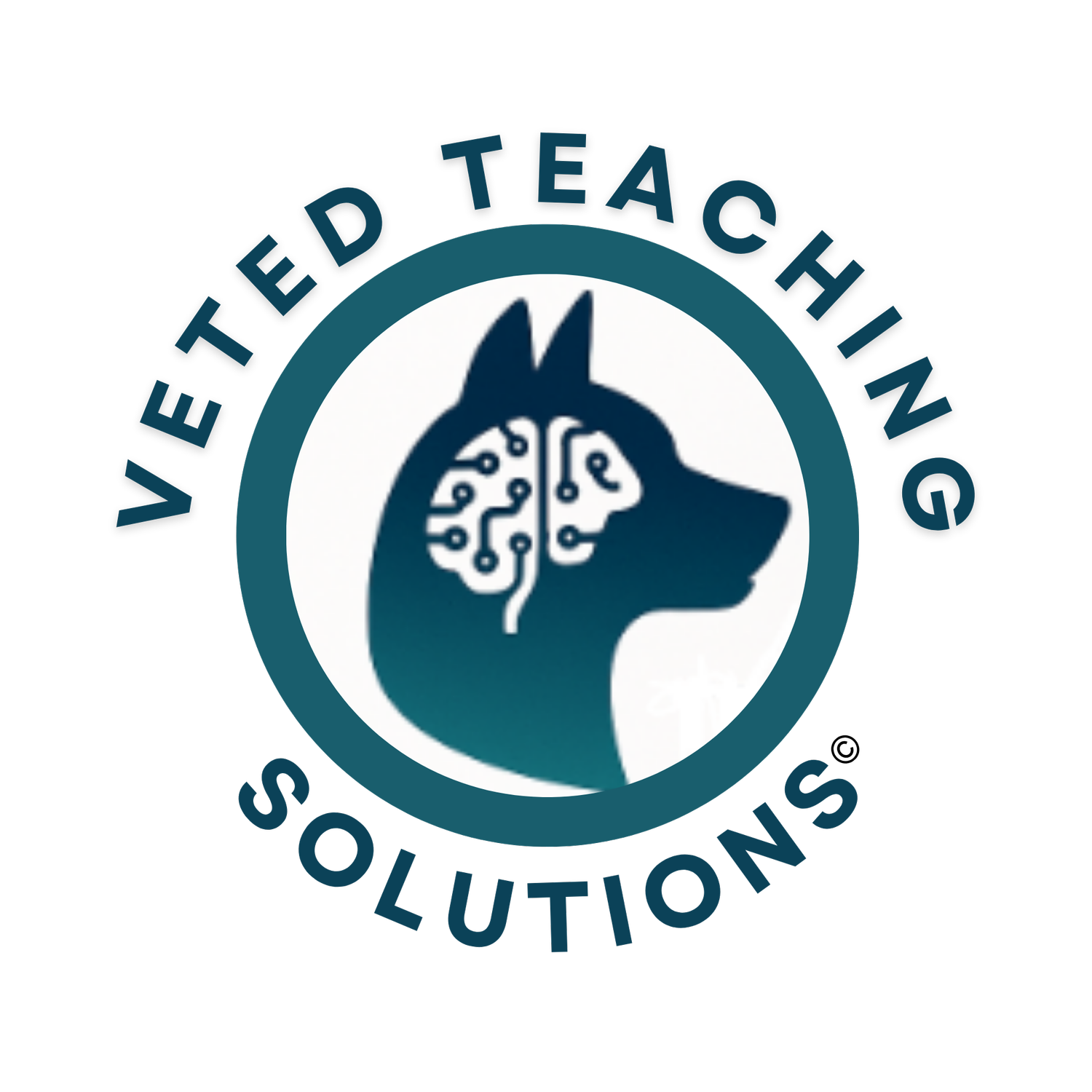How the Psychology of Learning Can Strengthen Assessment Design
Assessments are more than just evaluation tools—they’re learning events in their own right. When crafted with intention, assessment questions can promote deeper understanding, reduce cognitive overload, and support long-term retention. But too often, question writing focuses solely on content accuracy, overlooking the cognitive science behind how students actually learn.
At VetEd Teaching Solutions, we believe that integrating the psychology of learning into assessment design leads to more confident, capable veterinary graduates. Here are three foundational principles from learning science that every educator can use to build stronger assessment questions:
1. Tap into Retrieval Practice
One of the most well-supported findings in cognitive psychology is the power of retrieval practice. When learners actively pull information from memory—rather than simply re-reading or recognizing it—they strengthen the neural pathways that support recall and application.
In a landmark study, Roediger & Karpicke (2006) found that students who engaged in repeated retrieval outperformed those who studied content without testing—even when no feedback was given. In the veterinary classroom, that means writing questions that ask learners to recall, justify, or apply, not just identify or define.
“Asking students to retrieve and reason—even in low-stakes formats—makes learning stick,” says Jaryn Shumaker, MSEd, IDCP, Director of Learning Design & Technology at V.E.T.S. “We design assessments that go beyond the ‘what’ to focus on the ‘why’—because that’s what learners carry into practice.”
2. Design for Cognitive Load
Clinical reasoning is complex—and poor question design can overload a student’s working memory before they even get to the learning objective. That’s where Cognitive Load Theory comes in. It reminds us to reduce unnecessary mental clutter so students can focus on the reasoning that matters.
When writing questions, consider:
Breaking large cases into smaller chunks
Limiting the number of distractors
Scaffolding complexity across a set of questions
Instead of asking students to “do everything all at once,” guide them through structured layers of decision-making.
3. Target the Right Depth
It’s easy to default to basic recall—but higher-order thinking needs intentional design. Bloom’s Taxonomy offers a helpful framework for writing questions that target the right level of cognitive challenge: from remembering and understanding, to applying, analyzing, evaluating, and creating.
For example:
A recall question might ask, “Which of the following is a loop diuretic?”
An application question could say, “A dog presents with pulmonary edema—what is the most appropriate first-line diuretic treatment?”
An analysis question might require the learner to select diagnostics based on case data.
Use Bloom’s to ensure your questions align with your learning objectives—and your learners’ stage in training.
Final Thoughts
High-quality assessments aren’t just about what students know—they’re about what students can do with what they know. By grounding our question design in learning psychology, we not only reinforce clinical knowledge but also foster the kind of reasoning that drives real-world decision-making.
At V.E.T.S., we engineer every assessment—from low-stakes formative quizzes to capstone CBLs—with these principles in mind. Each question is an opportunity to deepen cognition, reduce unnecessary friction, and guide learners toward clinical confidence.
When we apply the science of learning to the art of assessment, we don’t just evaluate understanding—we help shape it.
